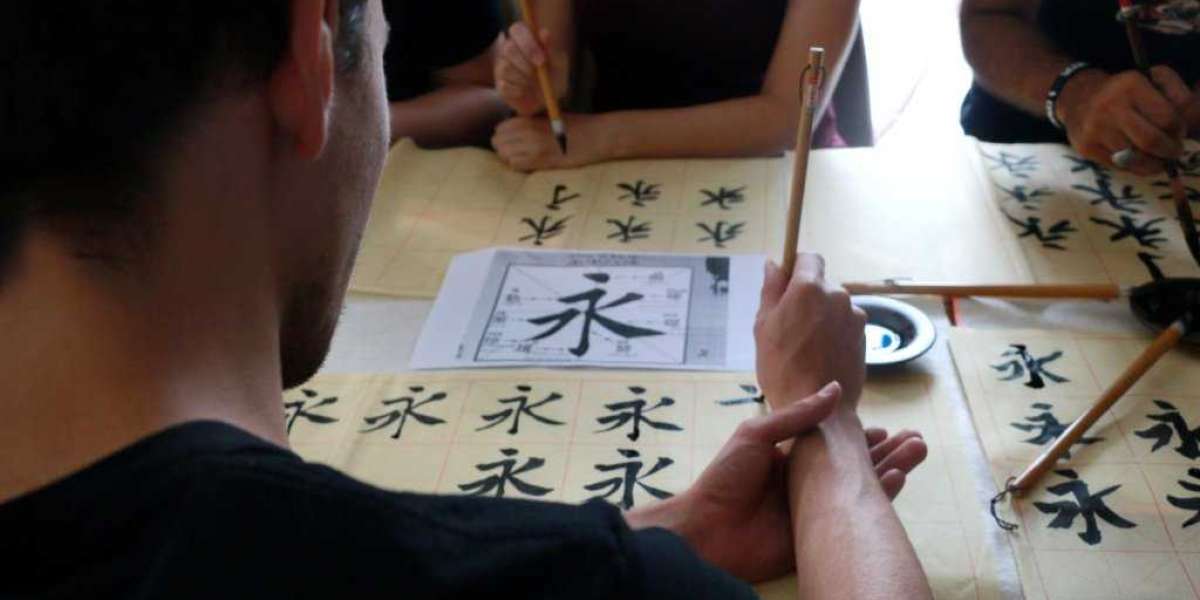Calligraphy, often referred to as “the art of beautiful writing,” holds a prestigious place in Chinese culture. This ancient practice not only serves as a method of communication but also as a profound form of artistic expression. Rooted in history and tradition, Chinese calligraphy continues to inspire and engage people around the world.
Historical Background
Ancient Beginnings
The origins of Chinese calligraphy can be traced back over 3,000 years to the Shang dynasty, where inscriptions on oracle bones were among the earliest forms of written language. As China evolved through various dynasties, so did the styles and techniques of calligraphy, reflecting the cultural shifts and artistic movements of each era.
Dynastic Contributions
Each dynasty left a unique mark on the evolution of calligraphy:
- Han Dynasty: Introduced the clerical script, simplifying characters for easier reading.
- Tang Dynasty: This era is often regarded as the golden age of calligraphy, with renowned masters like Wang Xizhi setting high standards.
- Song Dynasty: Emphasized regular script, which is still widely used today.
Styles of Calligraphy
Chinese calligraphy is characterized by several distinct styles:
- Seal Script (篆书): Known for its intricate and decorative characters, often used in stamps and seals.
- Clerical Script (隶书): Features a more straightforward and legible form, suitable for official documents.
- Regular Script (楷书): The standard script that balances clarity and beauty, widely taught in schools.
- Running Script (行书): A semi-cursive style that allows for fluid writing, often used for personal correspondence.
- Cursive Script (草书): Highly stylized and expressive, emphasizing speed and artistic flair.
Essential Tools and Materials
To master calligraphy, one requires specific tools:
- Brushes: Made from various animal hairs, brushes come in different sizes to create diverse strokes.
- Ink: Traditional black ink, made from soot and resin, is favored for its rich color and smooth application.
- Paper: Rice paper and silk are commonly used for their ability to absorb ink beautifully.
Cultural Significance
Calligraphy transcends mere writing; it embodies philosophical principles and emotions. It is believed to reflect the character and mood of the calligrapher, making each work a personal expression. The aesthetics of calligraphy are celebrated in Chinese art, often displayed in homes and public spaces as a symbol of cultural heritage.
Modern Adaptations
In contemporary society, calligraphy remains vibrant, with many artists blending traditional techniques with modern styles. Workshops and classes are increasingly popular, encouraging younger generations to engage with this timeless art form. Digital calligraphy has also emerged, making the practice accessible to a wider audience.
Conclusion
The art of calligraphy is a testament to the richness of Chinese culture, encapsulating history, philosophy, and artistic expression. As it continues to evolve, calligraphy remains a unique and cherished practice, inviting both appreciation and participation from people of all ages. Whether as a form of personal meditation or a creative outlet, Chinese calligraphy stands as a bridge connecting the past with the present and the future.



